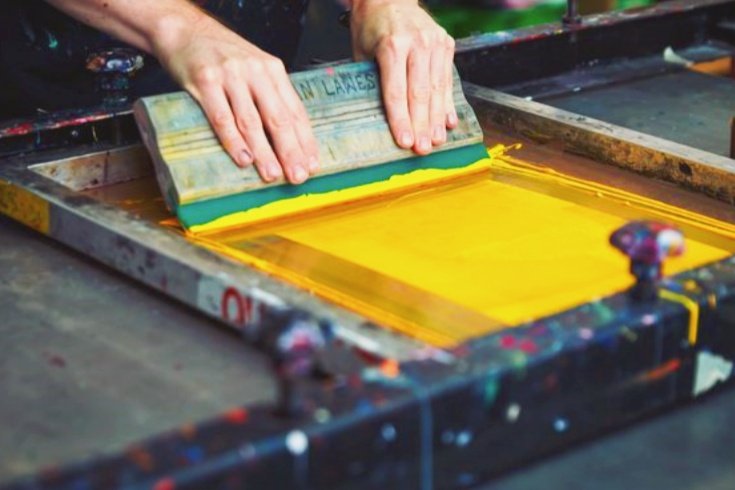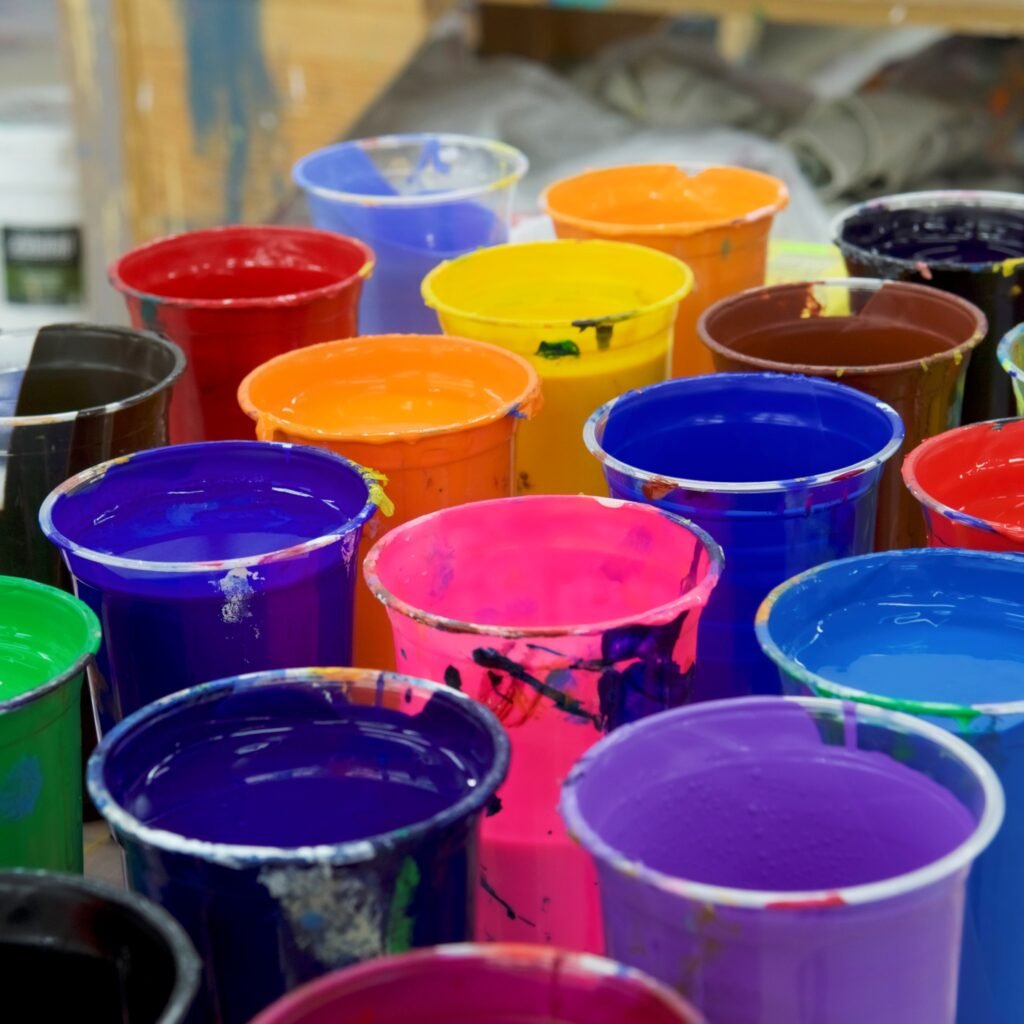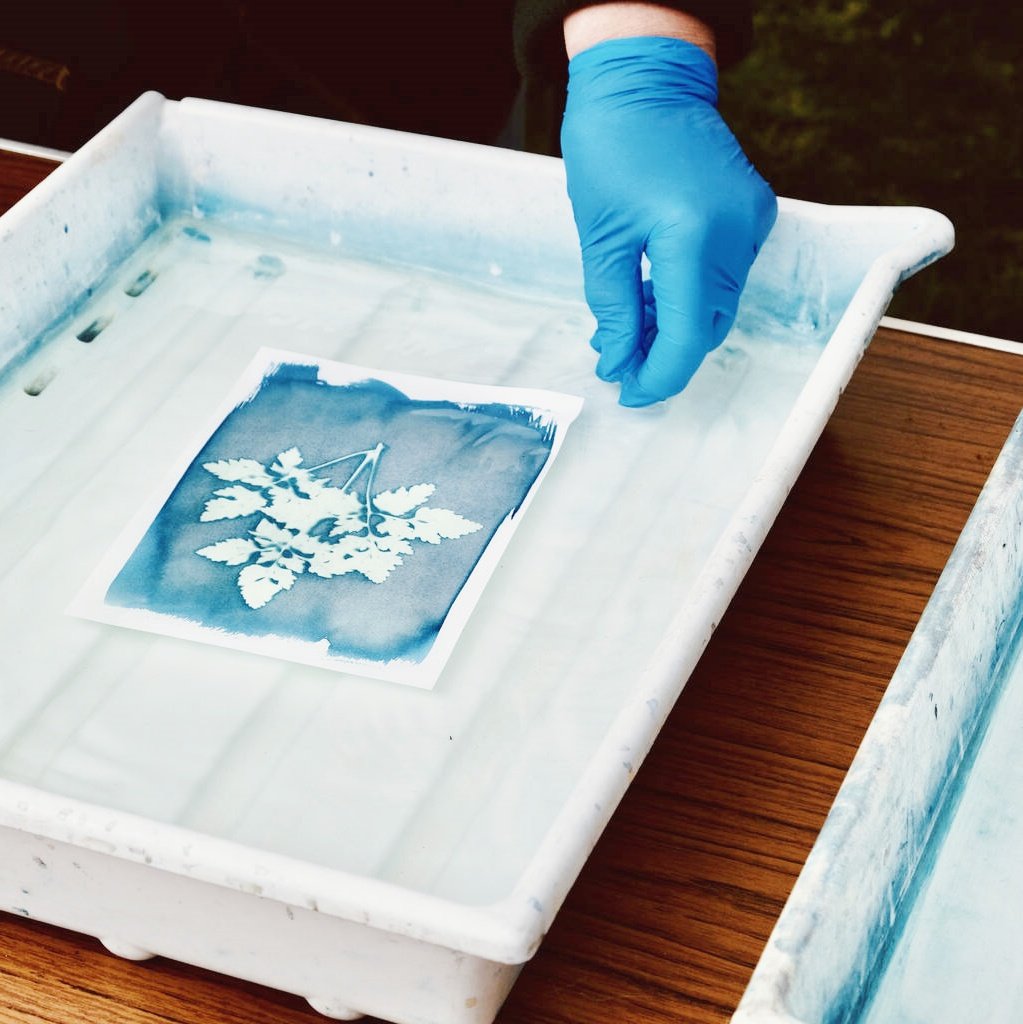ファッションおよび販促アパレル業界が進化を続ける中、このトレンドを推進する最も革新的な技術の 1 つがパフ プリントです。
目次
生地に柔らかく盛り上がった質感を作り出し、デザインに立体感を与える特殊なプリント手法です。この技術は、触感と視覚的に印象的な仕上がりを実現するために不可欠であり、様々な印刷条件下でも安定したパフォーマンスを保証します。この記事では、パフプリントの用途、技術的考慮事項、そして持続可能なメリットについて考察し、この多用途な技術について包括的に理解を深めます。
パフプリントの可能性を解き放つ
パフプリントは、創造性、触感、そして独自性が重視される業界において、重要な要素となっています。この手法では、インクに特殊な添加剤を加え、硬化工程で加熱すると膨張させることで、際立つ隆起した柔らかな質感を生み出します。この質感は視覚的に印象的であると同時に、官能的にも魅力的であるため、以下の主要分野で人気を博しています。
- ストリートウェアとファッションブランド大胆でトレンディなデザインで知られるストリートウェアブランドは、文字やロゴに立体感を与えるためにパフプリントを多用しています。この立体感は衣服に立体感を与え、ファッションに敏感な消費者にアピールする独特の高級感を与えます。Tシャツ、パーカー、ジャケットなどのロゴやグラフィックデザインは、触り心地の良い立体感を演出し、視覚的なインパクトを高めます。この技法は、従来の平面プリントとは一線を画す、特に目を引くデザインに効果的です。
- 子供服子供服にパフプリントを施すことで、視覚的な刺激だけでなく、感覚的な刺激も得られます。柔らかく、浮き出た質感は、好奇心を刺激し、服に遊び心を与えます。子供服のデザインは、シンプルなプリントに遊び心を加えるパフプリントの恩恵を大いに受けます。浮き出たインクの触感は、思わず触りたくなるような触り心地で、特に服に触りたくなる若い消費者にとって魅力的なアイテムです。
- 販促品販促品の世界では、目立つことが非常に重要です。パフプリントは、キャップ、トートバッグ、スウェットシャツなど、注目を集める商品に広く使用されています。企業の景品、チャリティーイベント、ブランドプロモーションなど、パフプリントによる立体感は、これらの商品に高級感を与え、消費者の記憶に残りやすくなります。企業はパフプリントを活用することで、ブランディング活動と連動したユニークな商品を作成し、販促品に洗練された雰囲気を加えることができます。
- 職人技と限定版プリント限定版プリントやハンドメイド製品を専門とする職人やデザイナーにも、パフプリントは大きなメリットをもたらします。この技法は、平面的に見えがちなデザインに質感を加えることで、手作り感を演出します。カスタムデザインのシャツ、限定版パーカー、あるいは布地にプリントされた限定アート作品など、パフプリントはこれらのアイテムに具体的な個性を与え、価値と魅力を高めます。
パフ印刷は、小ロット生産から大量生産まで、幅広い用途に対応するソリューションです。この拡張性により、あらゆる規模の印刷会社で人気を博しており、注文量に関わらず、一貫した高品質な仕上がりを実現します。
パフ効果の背後にある技術的な熟練
完璧なパフ効果を実現するには、インクに適切な量のパフエンハンサーを加えるだけでは不十分です。最良の結果を得るためには、いくつかの技術的な側面を考慮する必要があります。パフ印刷のニュアンスを理解することは、プロセスを最適化し、生産中に起こり得る問題を予防するために不可欠です。
- 周囲条件パフ印刷において最も重要な要素の 1 つは、プロセスが行われる環境です。 湿度と温度 湿度はインクの乾燥速度と硬化性能に大きな影響を与える可能性があります。湿度が高すぎたり、気温が低すぎたりすると、パフ効果が適切に発揮されず、パフが不均一になったり、パフが不足したりする可能性があります。逆に、熱が高すぎると、パフが過度に膨張したり、デザインが歪んだりする可能性があります。安定した高品質のパフプリントを実現するには、最適な環境条件を維持することが不可欠です。
- スクリーン張力と乳剤厚: スクリーンの張力とスクリーンに塗布される乳剤の厚さは、印刷中にインクがどのように付着するかに影響します。 スクリーンの張力 インクの均一な分布を確保するため、慎重に調整する必要があり、 エマルジョンの厚さ 吐出されるインクの量を決定します。これらの要因は、パフ効果を生み出すための拡張スペースに直接影響します。スクリーンの張力が強すぎる場合や乳剤が厚すぎる場合、パフが完全に拡張できない可能性があります。逆に、張力が不十分であったり、塗布量が薄すぎると、不規則なパフ効果が生じる可能性があります。
- インク粘度インクの粘度は、パフ印刷プロセスにおいて重要な要素です。インクが濃すぎるとスクリーンをうまく通過できず、カバー率が低下し、パフの仕上がりが不均一になる可能性があります。一方、インクが薄すぎると、硬化中に形状を維持できず、望ましいパフ効果が得られません。適切な粘度バランスを実現することで、印刷中にインクがスムーズに流れると同時に、硬化プロセス中に適切に膨張することが保証されます。
- 硬化プロセス: 硬化プロセスはパフプリントにおけるもう一つの重要な要素です。 パフインク パフ効果を活性化するには、特定の熱設定が必要です。 低温硬化 収縮を最小限に抑え、デザインの歪みを防ぐために、このプロセスが推奨される場合があります。衣類やデザインを損傷することなく、パフ効果が正しく発揮されるように、硬化時間と温度を厳密に監視することが重要です。
最適な結果を得るには、手動、半自動、全自動など、さまざまな機器のセットアップに関する専門家の指導と技術サポートを受けることで、特定の印刷条件に合わせてプロセスをカスタマイズし、最終結果に大きな違いを生み出すことができます。

パフ印刷におけるイノベーションと持続可能性
製造業において持続可能性が大きな焦点となるにつれ、印刷業界では品質や性能を犠牲にすることなく環境に優しい製品を生産するという取り組みが高まっています。 環境に配慮したパフエンハンサー 業界のイノベーションと持続可能性への取り組みを反映しています。
- 有害化学物質不使用多くの従来の印刷材料には、次のような有害物質が含まれています。 フタル酸エステル または ホルムアルデヒド最新のパフ印刷エンハンサーはこれらの化学物質を使用せずに設計されており、製造プロセスがより安全になり、メーカーと消費者の両方にとってより健康的な最終製品が保証されます。
- 水性インクおよびハイブリッドインクシステムとの互換性パフエンハンサーは両方に対応しています 水性 そして ハイブリッドインクシステム様々な印刷ニーズに適応できるソリューションです。この互換性により、メーカーは既存のインクシステムを使用することができ、機器に大きな変更を加える必要もありません。
- 低エネルギー硬化現代のパフエンハンサーは、低温で硬化するように配合されており、硬化プロセスにおける全体的なエネルギー消費量を削減するのに役立ちます。この環境に優しい機能は、運用コストを削減するだけでなく、持続可能な生産方法への高まる需要にも合致しています。
パフエンハンサーを製造プロセスに組み込むことで、メーカーは優れたデザインを実現しながら、持続可能性の目標達成も実現できます。この製品は高い性能と環境への配慮を兼ね備えており、市場での製品の差別化を目指す先進的な企業にとって、賢明な選択肢となります。



